Found 40 movies, 17 TV shows, and 0 people
Can't find what you're looking for?
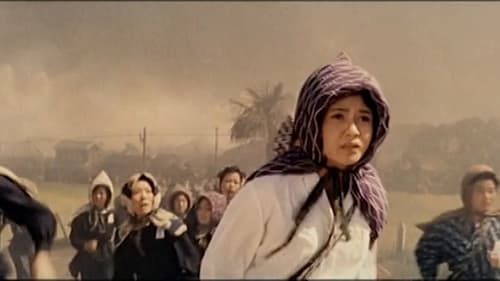
The last fight put up by remaining forces and a special volunteer nursing corps in 1944-5.
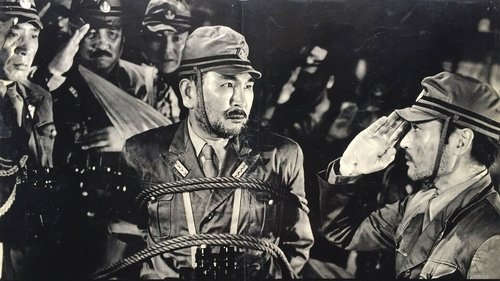
In 1941, overpopulated Japan faces an economic boycott and its armed forces push further to the south. And despite negotiations between Japan and the U. S. A. war is declared with the attack on Pearl Harbour. Victories follow for Japan on land and sea and her forces push forward to the borders of India. But gradually the tide turns in favour of the Allies and after the atom bombings of Hiroshima and Nagasaki, Japan is compelled to accept the Potsdam Declaration and by the order of the Emperor agrees to unconditional surrender. Under the supervision of the occupation forces the International Military Tribunal opens in Tokyo to try the Japanese war leaders. Established in the cause of justice, and to prevent future aggressive wars the trials drag on for two and a half years. And on December 23, 1948, General Tojo and six other war leaders mount the thirteen steps to the gallows at Tokyo's Sugamo prison.
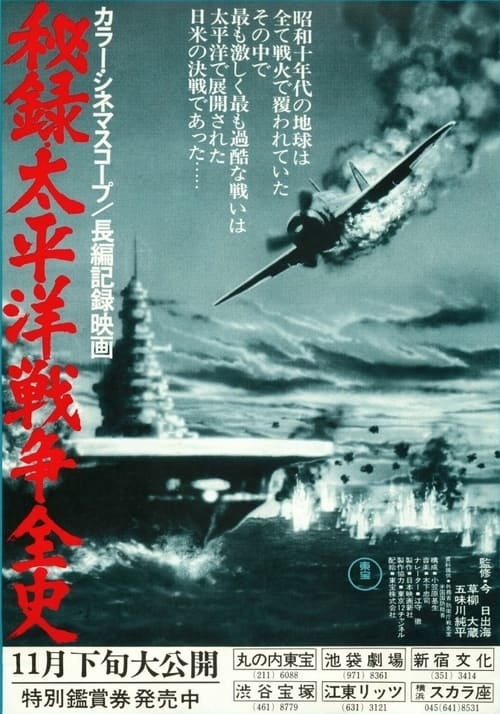
A history of the Pacific War comprising of American combat footage with Japanese wartime newsreels

Micronesia transitioned from Spanish, German, and Japanese colonies to American rule. The film follows survivors of the Pacific War, including conscripts from Korea, and questions the history of the modern era of invasion.

This short film examines the Japan that emerged at the beginning of the 1900s and was firmly established as an industrialized nation by the outbreak of World War II. Facing the greatest threat in their history, the democracies of the Pacific took careful stock of this new Japan and its strength, and erected a vast system of defence across the world's greatest ocean.
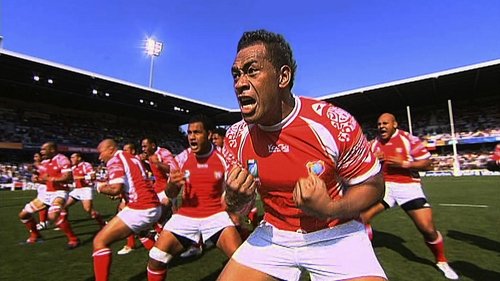
An insight into the origins and stories of Pacific Island rugby teams such as Tonga, Samoa and Fiji. This documentary explores the backgrounds of a wide variety of players, past and present.
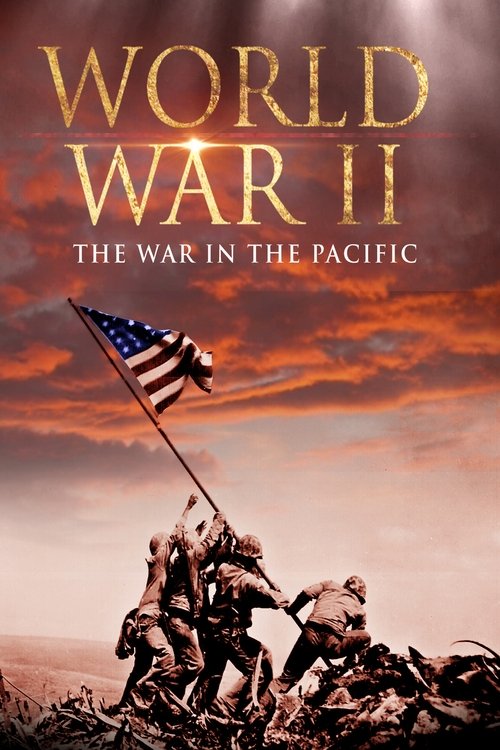
A one hour documentary which outlines the Pacific Campaign, from the fleet versus fleet conflict and the carrier war in the Coral Sea, Midway and the Marianas, through General MacArthur's Island hopping campaign culminating with the surrender of Japan.
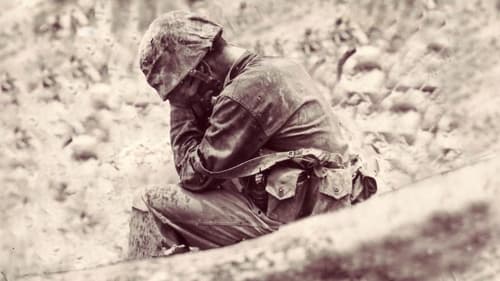
On the Pacific island of Guadalcanal in 1942, the famed 1st Marine Division — the oldest, largest and most decorated division of the U.S. Marine Corps — defeated Japanese forces in a turning point of WWII. This film documents the experiences of 1st Marine Division veterans who took part in the historic fight.
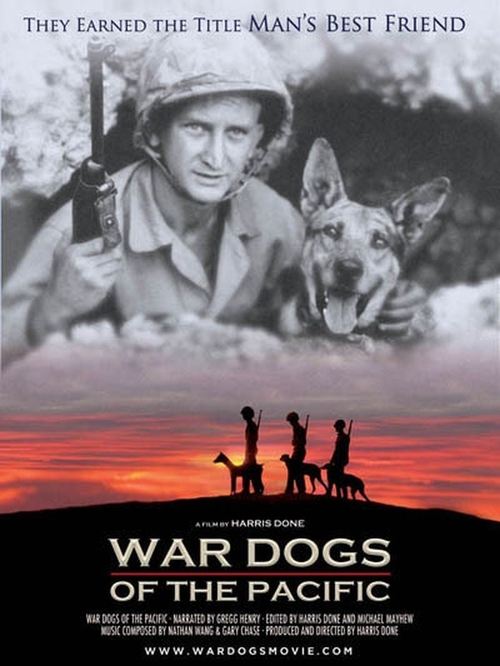
It’s 1942, somewhere in the Pacific: Deadly ambushes by entrenched Japanese in the thick jungles take a heavy toll on American troops. Marine commanders were willing to try anything, including using dogs to sniff out the hidden enemy. But even with their superior senses, nobody anticipated just how effective they would be.

This amazing documentary chronicles the compelling events that led up to Japan's surprise bombing of the U.S. Naval base at Pearl Harbor on December 7, 1941 and depicts the numerous air, land and sea battles that unfolded from 1942 until the fall of the Japanese empire in 1945. The priceless documentary footage compiled in this collection sets you squarely in the center of the conflict and reveals the bravery, heroism and sacrifice that was the hallmark of the men and women of our armed forces during their service in World War II.

Kwai tells the story of the 'railway of death' immortalized in David Lean's movie The Bridge on the River Kwai. The rail line linked Rangoon and Bangkok and was part of Japan's war strategy to send troops throughout Asia. The building of this railway by frail and weak prisoners proved to be a living hell: 100,000 coolies and 26,000 Allied POWs died of disease, hunger and exhaustion in 15 months. The survivors and compelling images retell their nightmare first-hand. This series sheds light on three tragic episodes of the war in the Pacific that are often overlooked in the history books. During several years of research, the director recorded the memories of both Western and Asian eyewitnesses, while uncovering never-before-seen archival footage.

Award-winning director Serge Viallet uses never-before-seen archival film from the Second World War as well as interviews to understand the tragedy that took place on one of the Mariana Islands when 70,000 American soldiers landed there in June 1944. The island of Saipan had an important Japanese military base and a civilian population of several thousand. In a state of panic, soldiers and civilians fled toward the north of the island. Terrified by the Yankee enemy they had seen in anti-American propaganda, or perhaps motivated by a moral code that forbids surrender, thousands of Japanese committed suicide. This series sheds light on three tragic episodes of the war in the Pacific that are often overlooked in the history books. During several years of research, the director recorded the memories of both Western and Asian eyewitnesses, while uncovering never-before-seen archival footage.

Six episode series devoted to the history of the Pacific Theater of World War II. Starting with the tensions in the Pacific that led to the Japanese bombing of Pearl Harbor through the epic battle of Midway and the Atomic Bombing of Japan.
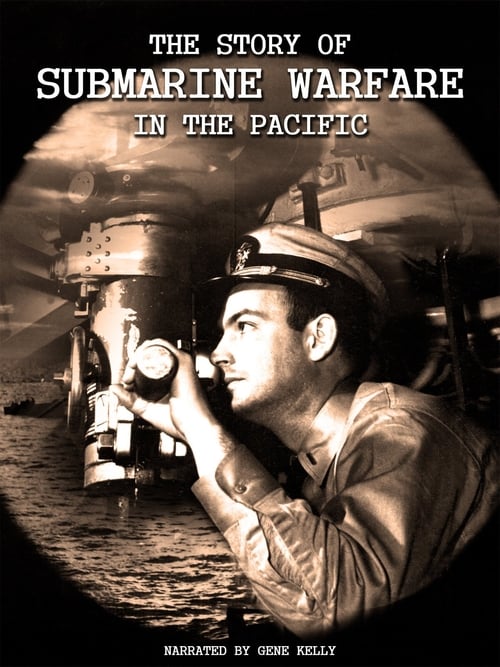
The U.S. Pacific submarine fleet was all that was available in the early days of America's involvement in World War 2 and it took the fight to the Japanese with great success.

This documentary, part of the "Eyewitness 60th Anniversary Collection," explores the events that followed the Japanese attack on Pearl Harbor. Archival footage, narration, eyewitness accounts and interviews with leading historians paint a revealing portrait of this major world event and its aftermath. Features key footage of such figures as Admiral Husband E. Kimmel, General Walter Short, Admiral Chuichi Nagumo and Franklin D. Roosevelt.

The stories of three children left behind by American servicemen posted to the Pacific during WWII. Now in their early 70s, these children were identified through an Otago University research programme.

This documentary chronicles the aftermath of the attack on Pearl Harbor, when the U.S. and other Allied forces launched a naval campaign to disarm Japanese forces in the Pacific, with the end goal of taking over the enemy's islands. The film explores the conflicts in the region, which culminated in some epic battles, including the battles of Midway and the Coral Sea, the fight in the Marshall Islands, Iwo Jima and the American landing at Okinawa.

Double Title WWWA & All Pacific Title Unification Match: Yukari Omori (WWWA champ) vs. Chigusa Nagayo (All-Pacific champ)

No description available for this movie.
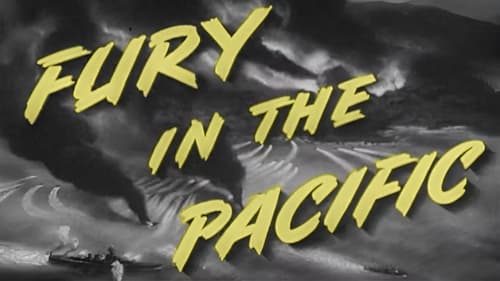
Documentary short film depicting American Army, Navy, Marine, Air Forces, and Coast Guard joint assaults on a Japanese-held island.
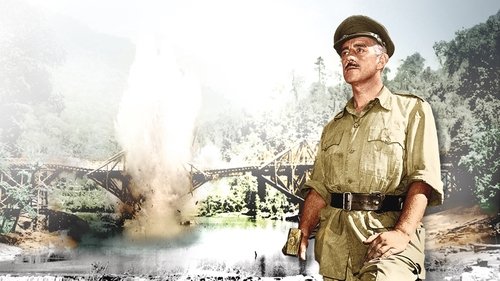
The classic story of English POWs in Burma forced to build a bridge to aid the war effort of their Japanese captors. British and American intelligence officers conspire to blow up the structure, but Col. Nicholson, the commander who supervised the bridge's construction, has acquired a sense of pride in his creation and tries to foil their plans.
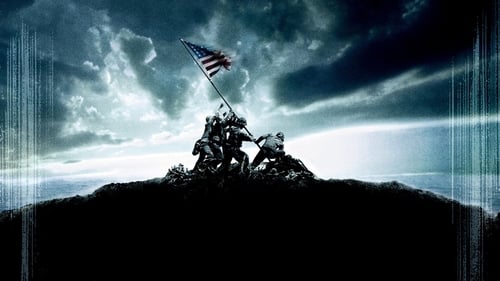
There were five Marines and one Navy Corpsman photographed raising the U.S. flag on Mt. Suribachi by Joe Rosenthal on February 23, 1945. This is the story of three of the six surviving servicemen - John 'Doc' Bradley, Pvt. Rene Gagnon and Pvt. Ira Hayes - who fought in the battle to take Iwo Jima from the Japanese.
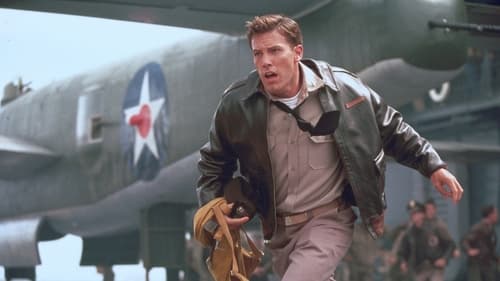
The lifelong friendship between Rafe McCawley and Danny Walker is put to the ultimate test when the two ace fighter pilots become entangled in a love triangle with beautiful Naval nurse Evelyn Johnson. But the rivalry between the friends-turned-foes is immediately put on hold when they find themselves at the center of Japan's devastating attack on Pearl Harbor on Dec. 7, 1941.
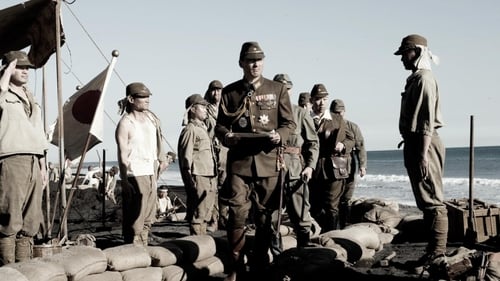
The story of the battle of Iwo Jima between the United States and Imperial Japan during World War II, as told from the perspective of the Japanese who fought it.
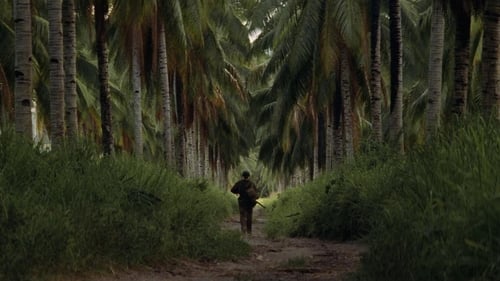
The story of a group of men, an Army Rifle company called C-for-Charlie, who change, suffer, and ultimately make essential discoveries about themselves during the fierce World War II battle of Guadalcanal. It follows their journey, from the surprise of an unopposed landing, through the bloody and exhausting battles that follow, to the ultimate departure of those who survived.
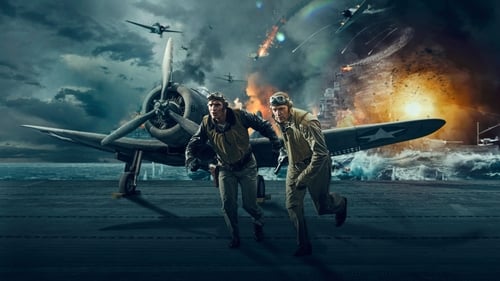
The story of the Battle of Midway, and the leaders and soldiers who used their instincts, fortitude and bravery to overcome massive odds.
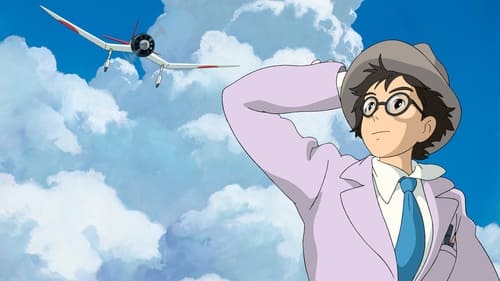
A lifelong love of flight inspires Japanese aviation engineer Jiro Horikoshi, whose storied career includes the creation of the A-6M World War II fighter plane.
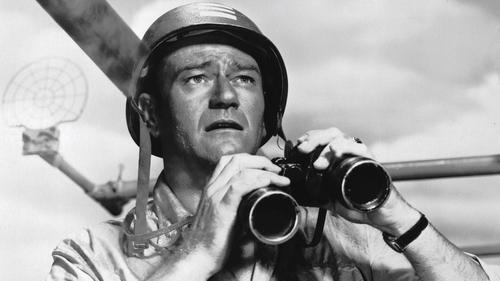
During WWII, Duke E. Gifford is second in command of the USS Thunderfish, a submarine which is firing off torpedoes that either explode too early or never explode at all. It's a dilemma that he'll eventually take up personally. Even more personal is his quest to win back his ex-wife, a nurse; but he'll have to win her back from a navy flier who also happens to be his commander's little brother.

A chronicle of the life of Louis Zamperini, an Olympic runner who was taken prisoner by Japanese forces during World War II.
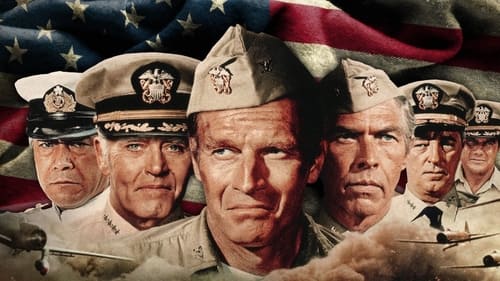
This war drama depicts the U.S. and Japanese forces in the naval Battle of Midway, which became a turning point for Americans during World War II.
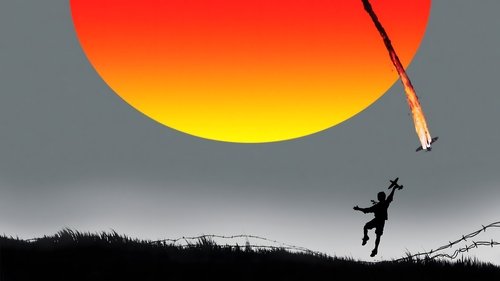
Jamie Graham, a privileged English boy, is living in Shanghai when the Japanese invade and force all foreigners into prison camps. Jamie is captured with an American sailor, who looks out for him while they are in the camp together. Even though he is separated from his parents and in a hostile environment, Jamie maintains his dignity and youthful spirit, providing a beacon of hope for the others held captive with him.
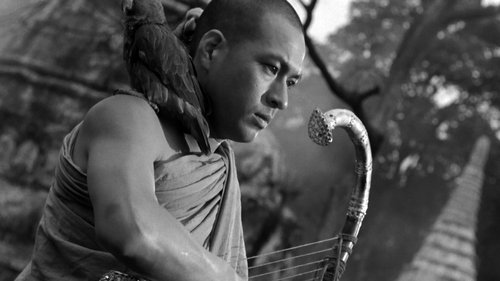
In Burma during the closing days of WWII, a Japanese soldier separated from his unit disguises himself as a Buddhist monk to escape imprisonment as a POW.
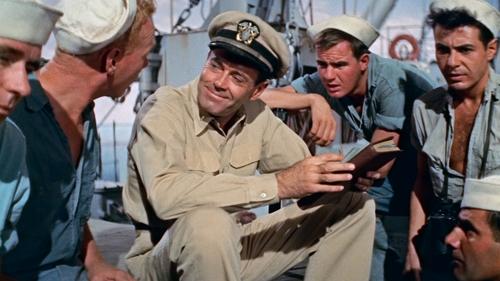
Mr. Roberts is a Navy officer who's yearning for battle but is stuck in the backwaters of World War II on a non-commissioned ship run by the bullying Captain Morton.
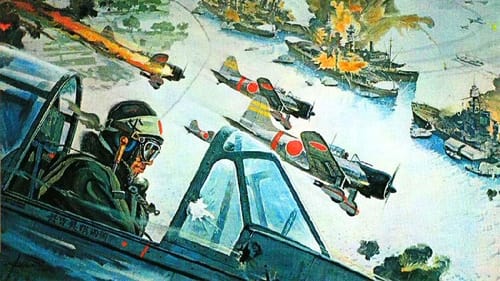
In the summer of 1941, the United States and Japan seem on the brink of war after constant embargos and failed diplomacy come to no end. "Tora! Tora! Tora!", named after the code words used by the lead Japanese pilot to indicate they had surprised the Americans, covers the days leading up to the attack on Pearl Harbor, which plunged America into the Second World War.
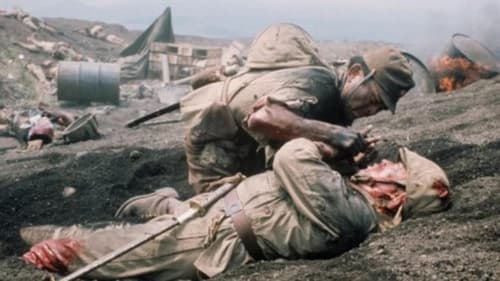
The Americans are swiftly closing on Okinawa, an island just south of the Japanese mainland. The Imperial command sends top generals and several army divisions to defend it at all costs. The mission quickly degenerates as vital resources and troops are diverted to other islands. After a civilian evacuation ends in tragedy most of non-combatants are forced to remain on the island. Many convert to soldier status. Tokyo sends mixed messages that squander time and resources, as when they order the defenders to build an airstrip for aircraft that never come. The truth soon becomes obvious: the high command decides that the island cannot be held and effectively abandons the Okinawan defenders. When the Americans land many troops are deployed in the wrong places. As the slaughter mounts, a suicidal attitude takes hold. Okinawa becomes a death trap, for civilian volunteers and non-combatants as well.
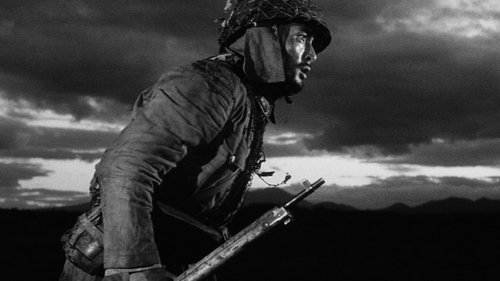
Kaji is sent to the Japanese army labeled Red and is mistreated by the vets. Along his assignment, Kaji witnesses cruelties in the army and revolts against the abusive treatment against the recruit Obara. He also sees his friend Shinjô Ittôhei defecting to the Russian border, and he ends in the front to fight a lost battle against the Russian tanks division.
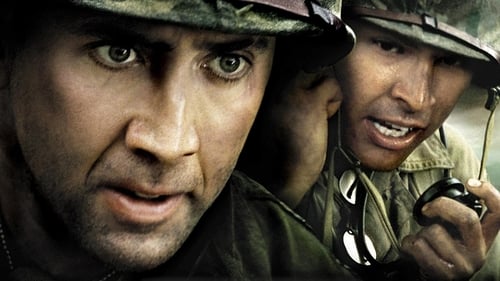
Joe Enders is a gung-ho Marine assigned to protect a "windtalker" - one of several Navajo Indians who were used to relay messages during World War II because their spoken language was indecipherable to Japanese code breakers.
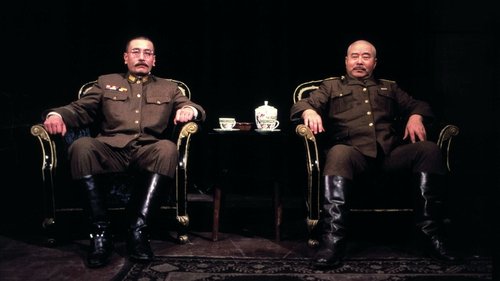
The film is a graphic depiction of the war atrocities committed by the Japanese at Unit 731, the secret biological weapons experimentation unit of the Imperial Japanese Army during World War II. The film details the various cruel medical experiments Unit 731 inflicted upon the Chinese and Soviet prisoners at the tail-end of the war.
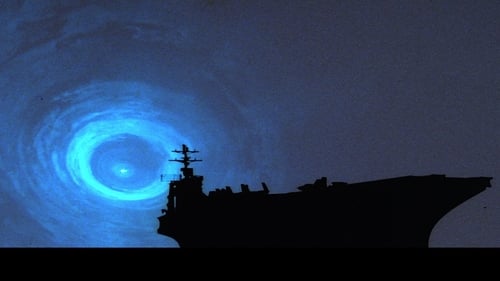
During routine manoeuvres near Hawaii in 1980, the aircraft-carrier USS Nimitz is caught in a strange vortex-like storm, throwing the ship back in time to 1941—mere hours before the Japanese attack on Pearl Harbor.
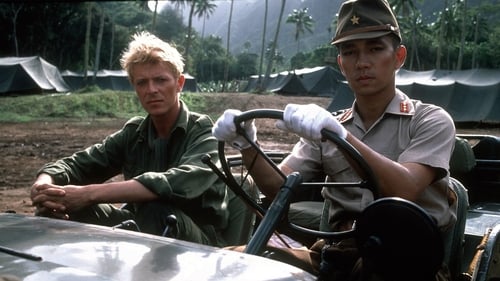
Island of Java, 1942, during World War II. British Major Jack Celliers arrives at a Japanese prison camp, run by the strict Captain Yonoi. Colonel John Lawrence, who has a profound knowledge of Japanese culture, and Sergeant Hara, brutal and simpleton, will witness the struggle of wills between two men from very different backgrounds who are tragically destined to clash.